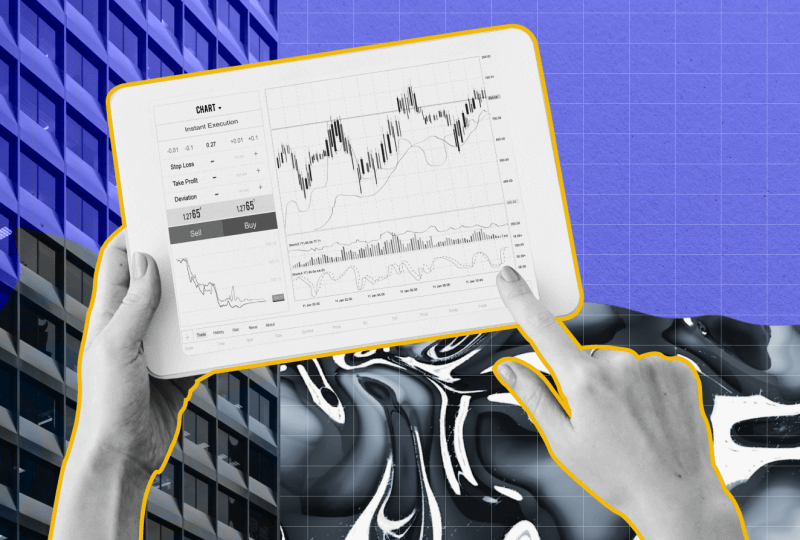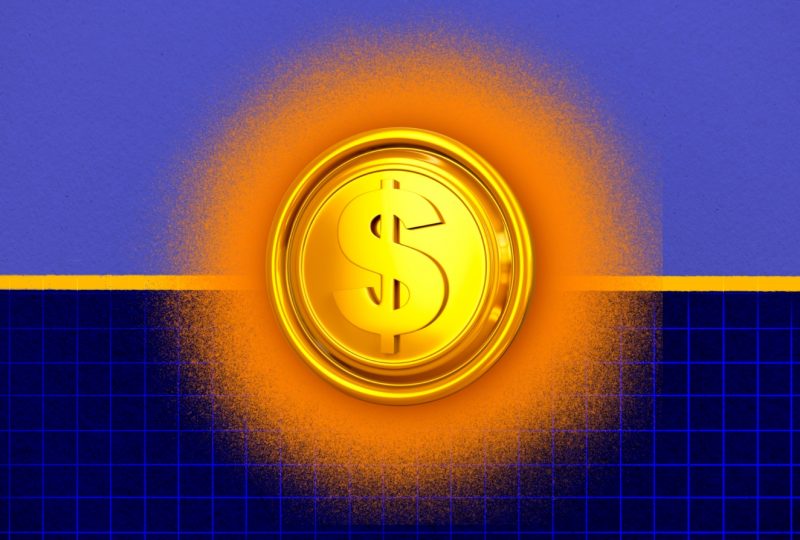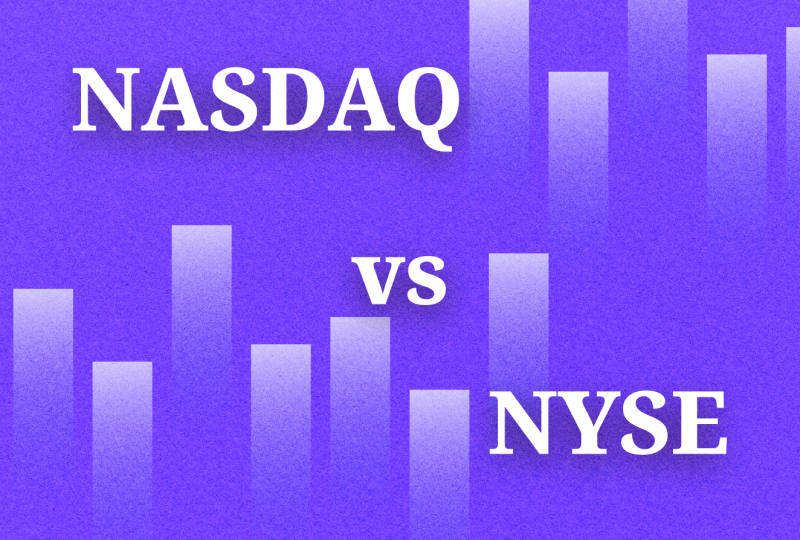The ‘Cash Is King’ Trade Is Coming to an End. Which Big Cap Stocks Should You Buy Right Now?
Nov 06, 2023

Since the Federal Reserve launched its campaign against inflation, cash has reigned supreme while equities have plummeted. Cash’s allure is decreasing, and a small set of equities appears to be more appealing.
According to the bank, about $80 billion in private-client money has moved into short-term Treasury funds since the beginning of 2022. The rush occurred after the Federal Reserve increased short-term interest rates, causing yields on short-term Treasury paper to skyrocket and driving banks to provide larger deposit returns.
The one-month Treasury bill has occasionally risen to around 5.3%, close to its highest level since 2007. This is appealing since it is well above the current rate of inflation. After all, stocks might decline at any time.
People have poured so much money into cash-like assets that their portfolios have become overburdened. Cash currently accounts for over 13% of the typical BofA private-client portfolio, up from roughly 10% in early 2022. When cash as a percentage of investors’ holdings reaches this level, it tends to fall.
And as we mentioned before, Big cap stocks were being smashed as consumers rushed into cash-like assets. The S&P 500 is still 13% behind its all-time high, set in early 2022, months before the Fed began hiking interest rates to dampen demand for goods and services.
Equity allocations among Bank of America clients have fallen from a recent high of 66% to around 58% of portfolios. Except with catastrophic circumstances like the lockdowns in early 2020, they seldom go below 56%.
Because consumers already have a lot of cash and not many shares, a reversal appears to be on the way. This is partly because when cash interest rates rise, investors must determine what to do with their money, and given the forecast for monetary policy, equities may be the way to go.
Already, money is flowing out of cash-like assets. Last week’s net migration into short-term Treasury bill funds was slightly under $2 billion, steadily decreasing from a record of about $10 billion in 2022.
What about the stock market?
It may perform well enough in the coming months as indicators of a weakening economy enhance anticipation that the Fed would decrease interest rates within a year. The rate of inflation is decreasing.
The stock market prefers lower inflation and the lower interest rates that it can deliver. According to Evercore, the S&P 500 averages a 9.5% annualized gain in each month preceding a rate decrease following the final hike in a tightening cycle. This corresponds to a monthly gain of 0.8%.
Rate cuts are more likely to occur when the economy is under stress. Therefore, defensive industries do best during these periods. Companies with communications services, such as AT&T (T) and Verizon Communications (VZ), as well as healthcare, utilities, and consumer staples, tend to flourish in relative terms since consumers require their products even when circumstances are tough.
The average annualized gain for S&P 500 communications big cap stocks from the end of a cycle to the start of the next is roughly 22%. This equates to a monthly increase of around 1.8%. Utilities have an annualized gain of under 20%, while healthcare and staples have an annualized gain of roughly 15%.
That’s preferable to having money in the bank.




